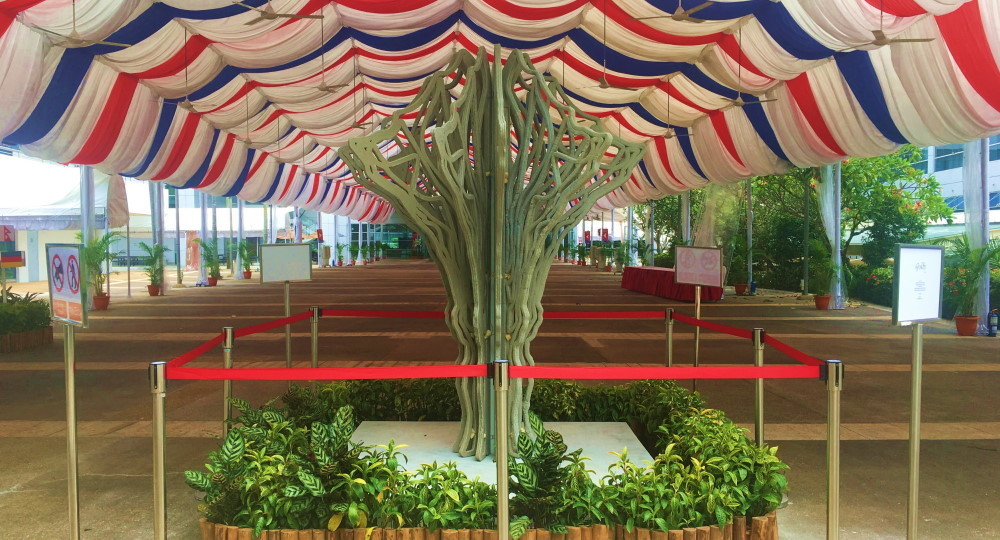Technologies
Discover, Connect & Collaborate at TECHINNOVATION 2021
Digital Concrete: 3D Printing Brings New Opportunities to Construction Industry

Technology Overview
Digital Concrete, which applies 3D printing to build structures in a layer-atop-layer manner according to designed CAD models, promises to revolutionize the construction industry with the potential of freeform architecture, less material waste, reduced construction costs, and increased worker safety. With the greater automation, this technology will also shift construction workforce demographics from on-site labor to off-site designers and engineers. Furthermore, the technology also contributes towards a sustainable environment as the printing material is only deposited where it is necessary for the 3D printing process.
With Building information modeling (BIM) and program-controlled robotic arm, Digital Concrete can help the construction industry to produce customized room units and aesthetic displays with lower cost and higher productivity. It can be easily integrated into the workflow of precast industry and provide more flexibility for products in small batch and with complex geometry.
Technology Features, Specifications and Advantages
Digital Concrete has the potential to revolutionize the construction industry with the 3D printing technology. With the 3D printing technology, the structures are built in a layer-atop-layer manner with program-controlled robotic arm. By only depositing material to where it is necessary, this technology can reduce material waste and produce more freeform architecture. Because this process is highly automated and can be well integrated into a digital workflow, it can greatly increase the work site safety and reduce on-site workforce. In the Singapore Centre for 3D Printing, a 3D printed prefabricated bathroom unit (PBU) can be built 30% faster with 30% less material than traditional precast construction technology. This 3D printed PBU has obtained the In Principle Acceptance certificate from the Building Innovation Panel of the Building and Construction Authority.
Potential Applications
Digital Concrete technology can be easily integrated into precast construction workflow and has the potential to be extended to cast-in-situ projects of the construction industry. It can also be used to create aesthetic displays, creative furniture, functional walls, and other construction modules with complex geometry. With future development of 3D printing technology with mobile robotics and light weight material, this technology has the potential to provide low-cost and rapid-deployment housing solutions.
Customer Benefit
- Precast construction industry can adopt this technology since this technology can be easily integrated into the precast workflow. It will significantly save cost and increase productivity for products with small batch or complex geometry.
- This technology also contributes towards a sustainable environment as the printing material is only deposited where it is necessary for the 3D printing process.
- Many sustainable materials have been developed to further improve the sustainability of the construction industry.